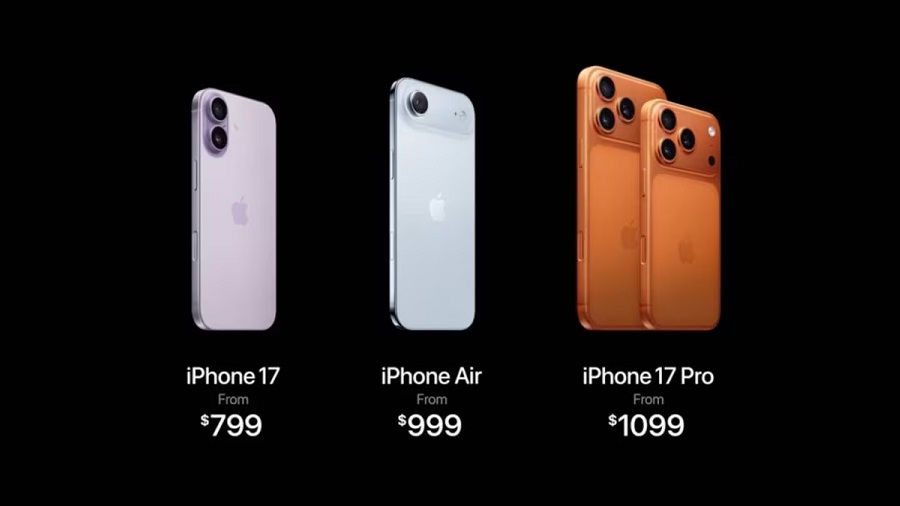In today’s world of smart lighting and energy efficiency, LED strip lights and compatible power supplies are essential components of both residential and commercial lighting setups. Whether you’re illuminating a retail space, upgrading a home interior, or managing bulk installations for clients, choosing the right products at wholesale levels can significantly affect both performance and long-term cost.
But buying in bulk doesn’t mean sacrificing quality. If anything, it requires a sharper eye for technical details and compatibility. Here’s a closer look at what really matters when sourcing LED strip lights and their power supplies on a wholesale scale.
Understanding Wholesale LED Strip Light Quality
Not all LED strips are created equal. Some might shine bright on paper but fall short in real-world use. When evaluating options, it’s worth looking beyond the price tag.
Luminous efficacy how efficiently the light converts electricity into brightness is a key measure. Higher lumens per watt (typically between 100–140 lm/W) indicate better energy performance. Another important factor is the Color Rendering Index (CRI). A CRI above 80 means colors under the light appear more natural, which is especially important in environments like retail or photography studios.
Next comes durability. IP ratings (such as IP20 or IP65) tell you how resistant the strip is to moisture and dust. For indoor dry areas, a lower rating is fine. But for kitchens, bathrooms, or outdoor projects, water-resistant models are a smarter choice.
The PCB (Printed Circuit Board) quality also affects the lifespan and heat distribution of the strip. A thicker copper base allows for better heat dissipation, minimizing voltage drops along longer strips.
And finally, consider installation features. Look for strips with clean cut-points, strong adhesive backing, and sufficient flexibility to adapt to your space or layout.
Exploring Your Options: Strip Types & Specs
The type of LED strip you choose often depends on its purpose. For subtle accents, COB strips provide smooth, dot-free lighting. For brighter applications, SMD types (like 5050 or 2835) are more common due to higher light output.
Voltage matters too. While 12V is typical for short runs and decorative setups, 24V LED strips are more efficient over longer distances, reducing brightness drop across the strip. Some specialty strips even operate on 5V (often USB-powered) or 48V for high-demand environments.
When buying Wholesale LED Strip Lights, it helps to confirm the specs are consistent across the full batch this includes color temperature, chip density, and waterproofing levels. Uniformity in large orders ensures consistency when installed across a space.
What to Know About LED Power Supplies
The best LED strips won’t perform well if paired with the wrong power supply. These drivers are designed to convert AC mains electricity to a stable DC output compatible with LED requirements. When buying power units in bulk, there are a few non-negotiables to keep in mind.
First, understand the difference between constant voltage and constant current power supplies. Most LED strips require constant voltage drivers (typically 12V or 24V), so check the strip’s input specs before purchasing.
Protection features are crucial. Quality supplies should come with built-in short-circuit protection, over-voltage cutoffs, and thermal safeguards. This helps prevent premature failure and protects both the lighting and property.
Also, look at certifications CE, RoHS, and FCC marks indicate compliance with safety and environmental standards. And depending on your project’s setting, waterproof models with IP65 or IP67 ratings might be necessary, especially for outdoor or high-humidity installations.
LED Power Supply Wholesale options should also offer good efficiency units with a 90–95% efficiency rating are generally more reliable and generate less heat.
How to Match Strips with the Right Power Supplies
Pairing your LED strips with the right power unit isn’t complex, but it’s essential. Start by calculating the total power draw of your setup. For example, if one meter of strip uses 14W and you’re using 10 meters, your total is 140W. It’s smart to add at least 20% headroom to avoid stress on the power supply, so a 170W or 200W driver would be ideal.
Make sure the output voltage of the power supply matches your strip 12V strips need a 12V driver, and so on. Avoid mismatches, as this can damage the lights or result in flickering and inconsistent brightness.
If you’re planning to dim or change color temperatures (like with RGB or tunable white strips), opt for PWM-compatible power supplies that can handle signal modulation from dimmers or controllers.
Bulk Buying: More Than Just Quantity
Buying LED products wholesale isn’t only about getting more units. It’s also about ensuring better value through consistency, support, and availability.
Look for suppliers that offer sample testing, especially if you’re planning a large order. This lets you verify quality before committing. It’s also worth checking lead times, minimum order quantities, and whether technical support is available if something doesn’t work as expected.
Reliable manufacturers are typically transparent about their product specs and offer documentation or datasheets for installers and project managers.
Smart Buyer’s Checklist
Before confirming a wholesale order, run through this quick list:
- ✅ Confirm voltage and wattage requirements
- ✅ Check for IP rating and safety certifications
- ✅ Look for flicker-free and efficient power supply units
- ✅ Match LED type to the intended space or layout
- ✅ Ask for sample products if available
- ✅ Review the return or support policy
Final Thoughts
Sourcing lighting components in bulk doesn’t have to be overwhelming. With a thoughtful approach focusing on performance, compatibility, and supplier reliability you can ensure your projects are not only well-lit but also efficient and safe.
Both the strip lights and the drivers that power them play crucial roles, so take the time to choose wisely. The right combination can make a significant difference in the success of your installations big or small.






